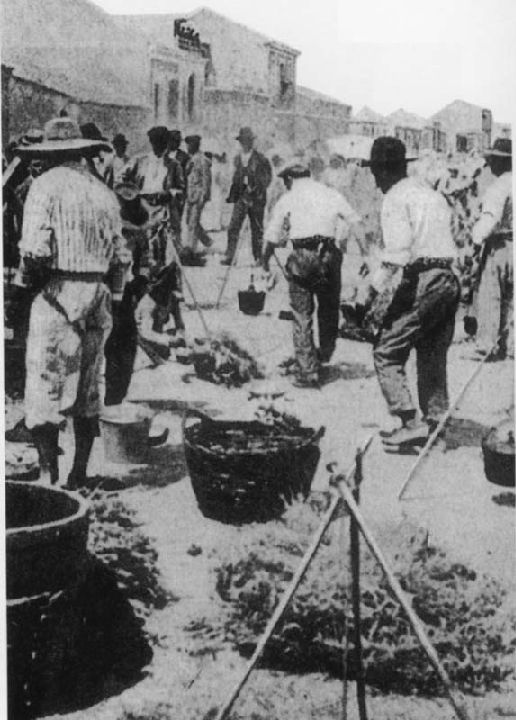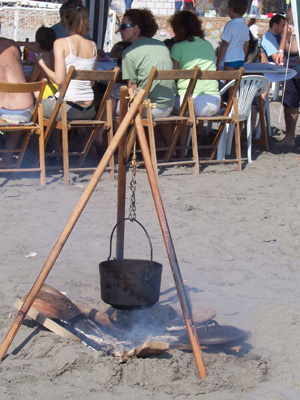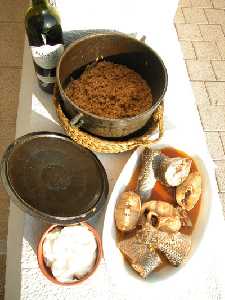
To be listed on the CAMPOSOL TODAY MAP please call +34 968 018 268.

Guidelines for submitting articles to Condado Today
Hello, and thank you for choosing CondadoToday.com to publicise your organisation’s info or event.
Condado Today is a website set up by Murcia Today specifically for residents of the urbanisation in Southwest Murcia, providing news and information on what’s happening in the local area, which is the largest English-speaking expat area in the Region of Murcia.
When submitting text to be included on Condado Today, please abide by the following guidelines so we can upload your article as swiftly as possible:
Send an email to editor@condadotoday.com or contact@murciatoday.com
Attach the information in a Word Document or Google Doc
Include all relevant points, including:
Who is the organisation running the event?
Where is it happening?
When?
How much does it cost?
Is it necessary to book beforehand, or can people just show up on the day?
…but try not to exceed 300 words
Also attach a photo to illustrate your article, no more than 100kb

Caldero murciano, the typical dish of the Mar Menor
El Arroz Caldero, how to prepare this famous Murcian dish
 This is a typical dish of the Mar Menor, and the recipe dates back to the 19th century, when the fishermen of the region used to prepare it on the beach, using the small fish which were not good enough to sell in the markets and is a dish steeped in the flavours of the Mar Menor itself.
This is a typical dish of the Mar Menor, and the recipe dates back to the 19th century, when the fishermen of the region used to prepare it on the beach, using the small fish which were not good enough to sell in the markets and is a dish steeped in the flavours of the Mar Menor itself.
It is traditionally prepared in a Caldero, a cauldron-style pan from which it takes its name.
The dish is especially associated with Cabo de Palos, and once a year Los Alcázares celebrates a "Día del Caldero" in which more than 100 peñas gather on the beach at Los Alcázares to prepare Caldero together and share a meal with friends and family .
This traditionally takes place on 12th October, the day of the Spanish National Day and one day before the municipal independence celebrations around which the autumn fiestas are based.

Ingredients for 4 people
400g rice
200cl olive oil
200g prawns
400g of ripe tomatoes
6 cloves of garlic
4 dried ñoras (these are small, round peppers, popular in Murcian cookery, known as ñoras)
6 small branches of parsley
2kg different types of fish
Salt, saffron and pepper
Ingredients Alioli sauce
4 garlic cloves
150ml olive oil
Half lemon and salt
I egg yolk
Preparation
Clean the fish, separating the heads and washing them
Peel the garlic cloves and take the seeds out of the dried peppers
Peel the tomato (drop in boiling water for 30 seconds to remove skin) remove seeds and chop.
 Now start cooking!
Now start cooking!
Heat half the olive oil and fry the peppers. Take them out of the pan, then fry the fish heads. Once theyre fried remove them, and throw away, theyre just for flavour, unless you want to make stock with them, and add the tomatoes. Fry for 5 minutes, then remove.
Using a pestle and mortar, crush the peppers, together with one clove of garlic. Fry for 5 minutes and set aside.
Fry the fish in the same saucepan with salt, pepper and a little saffron, then add the tomato and the processed garlic and ñoras paste. Add 2 litres boiling water (nb, if you have time, the fish heads and small waste fish are gently simmered in 2 litres of boiling water with a little saffron to make a fish stock. This is then used to cook the larger pieces of fish.)
Cook until the fish is just flaking, remove and set aside in a covered dish.
Remove 1 cup of the broth mix and set aside.
Bring the water back to the boil, add the rice and cook slowly until done. When cooked the rice is quite soupy. This takes about 20 minutes. Put the prawns on top a few minutes before the rice is cooked.
Make the alioli: crush the 4 garlic cloves, beat in an egg yolk, then slowly add the olive oil a drop at a time, beating continually until a creamy consistency is obtained.
Finally, crush the last clove of garlic, and combine with the cup of broth which had been set aside.
To serve:
The caldero is served in a dish on its own, the fish is served on a platter with the final cup of broth and garlic over the top and the alioli is served separately with bread.






































